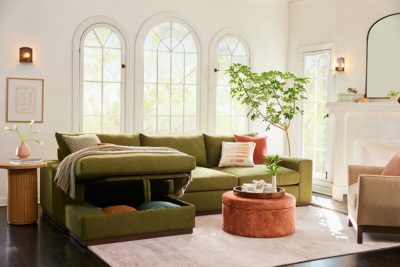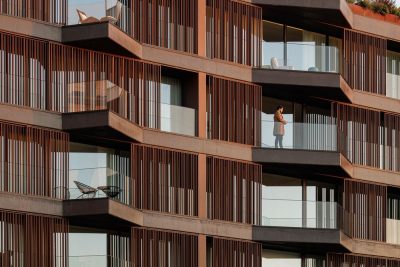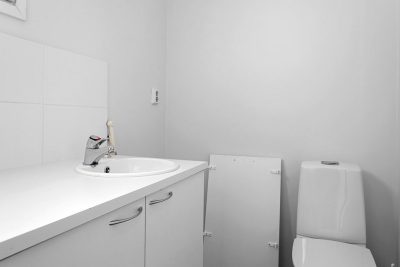
Creating a functional home in a limited area requires strategic decisions. Every piece of furniture should serve a purpose while allowing for effortless movement. Finding the right sleeping solution plays a pivotal role in maximizing available square footage. Two popular options—wall beds and sofa beds—each offer unique advantages and drawbacks. Understanding their key differences helps determine the best fit for a compact environment.
Space-Saving Potential
Wall Beds: Tucked Away When Not in Use
Commonly referred to as Murphy beds, these installations fold vertically into a cabinet or frame, freeing up valuable floor space during the day. Unlike conventional beds, they remain hidden when not required, allowing a room to function in multiple ways. With the ability to accommodate full, queen, or king-size mattresses, these beds offer sleeping arrangements comparable to traditional setups.
Sofa Beds: Dual-Purpose Seating and Sleeping
A sofa bed provides seating during the day and transforms into a bed at night. Unlike a stationary couch, this adaptable design incorporates a fold-out mattress within its frame. Some models feature a click-clack mechanism, while others use a pull-out structure. The convenience of having a bed incorporated into a couch suits those needing both a lounging and sleeping area within the same room. Home Detail has a variety of sofa beds that are both comfortable and practical.
Comfort and Sleeping Experience
Wall Beds: Superior Mattress Quality
Since these beds accommodate standard mattresses, they provide a sleep experience akin to conventional setups. Unlike sofa beds, which often require thin or foldable cushions, a wall bed does not compromise on comfort. Many models support memory foam or innerspring mattresses, ensuring restful sleep without pressure points.
Sofa Beds: A Compromise on Comfort
Although convenient, sofa beds typically include thinner mattresses to fit within the couch frame. Metal bars or fold lines may cause discomfort, making them less ideal for long-term use. Some premium models incorporate enhanced padding, but they rarely rival the plush support of a dedicated bed.
Ease of Use and Accessibility
Wall Beds: Simple Folding Mechanism
With a quick pull, a Murphy bed unfolds from the wall, requiring minimal effort. Gas-lift or spring-loaded mechanisms ensure smooth operation, allowing even a single person to manage the transformation with ease. Once tucked away, the room instantly regains its original functionality.
Sofa Beds: Setup Requires More Effort
Unfolding a sofa bed often involves removing cushions and pulling a frame outward. Some designs demand additional effort to position the mattress correctly, while others require lifting heavier components. Unlike wall beds, which return seamlessly to their closed position, sofa beds may take longer to transition between modes.
Aesthetic Appeal and Design Versatility
Wall Beds: Seamlessly Integrated
These beds blend effortlessly with interior décor, often concealed behind sleek cabinetry. Customization options allow homeowners to choose finishes that complement existing furniture. Many models incorporate shelves or desks, further enhancing their multi-functional appeal.
Sofa Beds: Traditional and Modern Styles
Available in various fabrics, colors, and configurations, sofa beds align with different design preferences. Unlike wall beds, they remain visible at all times, necessitating careful selection to match surrounding décor. Some high-end models mimic luxury couches, seamlessly integrating into stylish living spaces.
Durability and Longevity
Wall Beds: Built for Long-Term Use
Crafted from robust materials, these beds maintain their structural integrity over time. The absence of frequent mattress folding minimizes wear, ensuring long-lasting durability. Proper installation is essential for stability, preventing issues related to wall-mounted components.
Sofa Beds: Wear and Tear Concerns
Repeated folding and unfolding contribute to gradual deterioration. Over time, mechanisms may loosen, and cushions may lose their resilience. Although high-quality versions extend usability, they still face more strain compared to wall beds.
Cost Considerations
Wall Beds: An Investment in Functionality
While these beds may carry a higher initial price, they offer significant value in terms of space optimization and comfort. Custom-built models with additional features, such as shelving or integrated lighting, increase costs but enhance convenience.
Sofa Beds: Budget-Friendly Alternative
Sofa beds generally come at a lower price point, making them an accessible option for budget-conscious buyers. However, frequent replacements due to wear and tear may lead to long-term expenses that outweigh the initial savings.
Which Option Suits You Best?
Selecting between a Murphy bed and a sofa bed depends on individual priorities. Those seeking a dedicated sleeping experience with minimal daily effort may prefer a wall bed. In contrast, individuals needing a seating arrangement that occasionally converts into a bed might find a sofa bed more suitable. Evaluating space constraints, budget, and long-term usability helps determine the best choice for a compact living environment.








